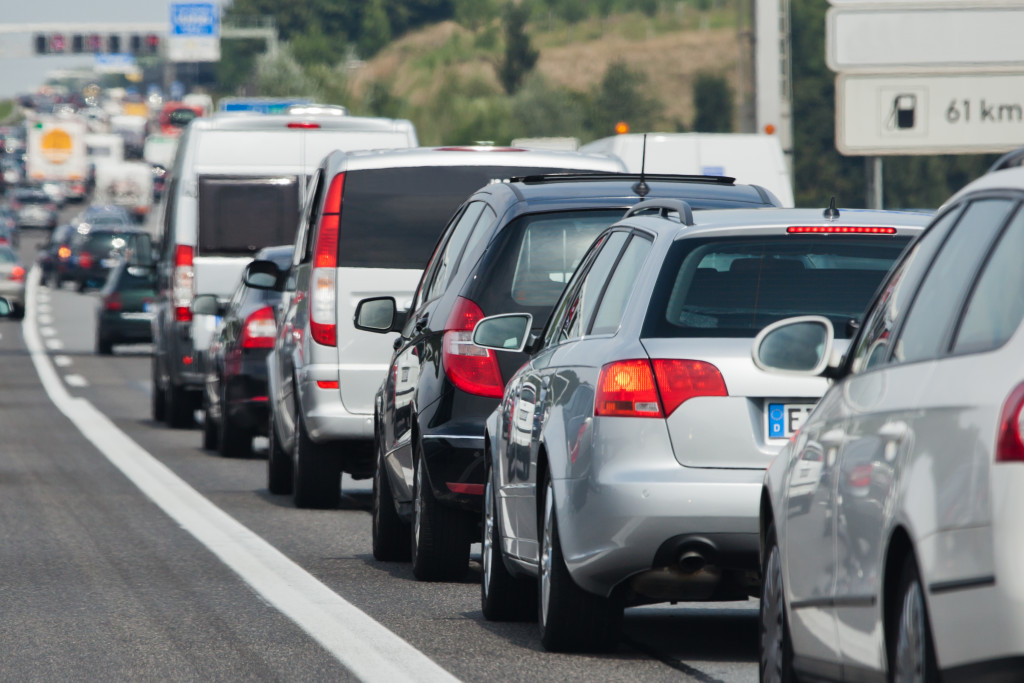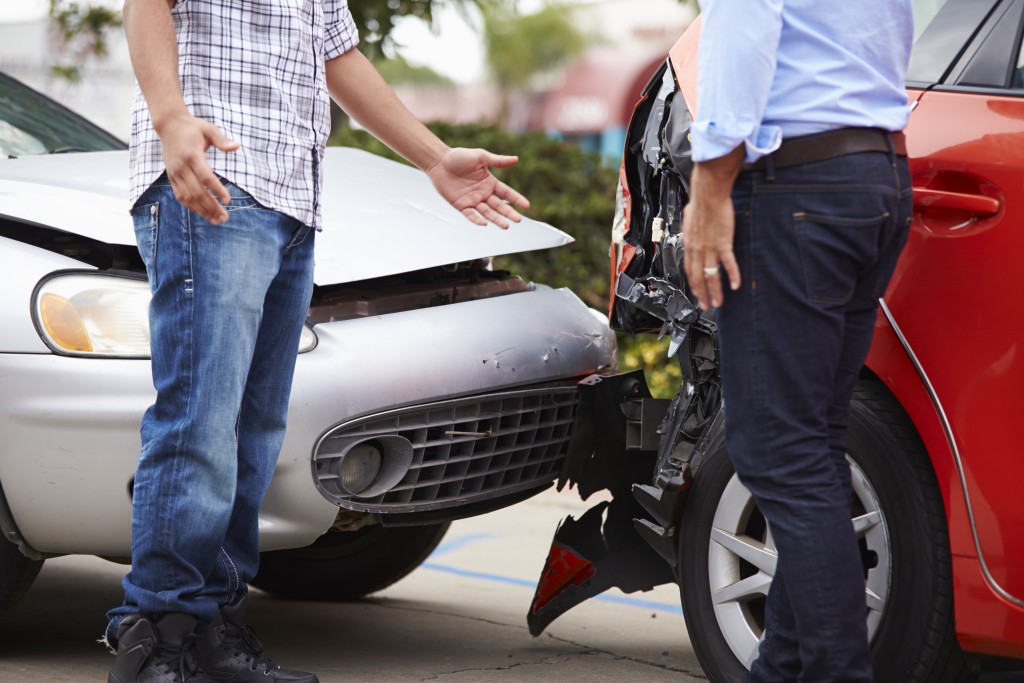• Psychological factors can trigger road rage. Mental wellness resources can help manage such emotions on the road.
• Cultural norms influence drivers’ reactions to situations on the road, so promoting respect is vital to reducing road rage.
• Poor infrastructure and traffic congestion can lead to road rage, so investing in repairs and public transportation systems is essential.
• Traffic calming measures such as speed humps and roundabouts and enforcing traffic laws can help reduce speeding and aggressive driving behaviors.
• Educating drivers about the dangers of road rage is an effective solution for combating road rage.
Road rage is a serious and growing problem that poses a threat not only to the individuals involved but also to the community as a whole. It can lead to accidents, injuries, and even fatalities, making it essential for government, non-profit, and non-government organizations to understand the underlying causes and work together to combat its effects. In this blog, you will learn about factors contributing to road rage and potential solutions for creating safer roads in communities. Read on to learn more.
Psychological factors
One of the primary causes of road rage is the psychological state of drivers. Stress, frustration, and aggression can be triggered by various factors such as heavy traffic, personal issues, and even a driver’s personality type.
It’s essential to recognize these factors and find ways to manage stress and minimize aggressive behavior on the road. Encouraging mental wellness and providing support resources for drivers, such as employee assistance programs and access to counseling services, can play a vital role in alleviating road rage situations.
Cultural factors
Cultural factors can also contribute to road rage, as societal norms and values influence the way people perceive and react to situations on the road. For example, some cultures may place a higher premium on assertiveness and competitiveness, leading to more aggressive driving behaviors.
Promoting a culture of patience, empathy, and respect among drivers is crucial in reducing instances of road rage. This can include public awareness campaigns, driver education programs, and even changes in the licensing process to emphasize these values.
Infrastructure and traffic conditions

Poor infrastructure and traffic congestion can instigate road rage by increasing stress and frustration among drivers. Investing in improving road infrastructure and public transportation can help alleviate these stressors and reduce the odds of aggressive driving behavior. There are plenty of ways this can be done, but here are the most effective solutions:
Invest in road repairs and improvements
Investing in road repairs and improvements can help reduce the amount of traffic congestion and improve safety on the roads. It’s also essential to make sure that these improvements are adequately maintained, as this will ensure they remain effective in reducing road rage incidents.
Invest in public transportation systems
Public transportation systems can be a great way to reduce traffic congestion, which can, in turn, decrease levels of stress and frustration among drivers. Investing in public transportation systems is essential for creating safer roads and minimizing the risk of road rage incidents.
Implementing traffic calming measures
Traffic calming measures such as speed humps and roundabouts can help to reduce speeding, which is a significant cause of road rage incidents. These measures are designed specifically to slow drivers down, making them more mindful of their actions on the road.
Implementing traffic law enforcement
Enforcing traffic laws is an effective way to deter drivers from engaging in aggressive driving behaviors. Increased law enforcement can help to ensure that drivers are abiding by the rules of the road, reducing the risk of road rage incidents.
Additionally, implementing strategies like staggered work hours or encouraging alternate transportation modes such as biking or walking can also help minimize traffic congestion and its associated stress.
Public awareness and driver education

Educating drivers about the dangers of road rage and empowering them with the tools and knowledge to maintain a calm demeanor while driving is essential in combatting road rage. Incorporating road rage education into drivers’ training and license requirements can help create a generation of safer and more conscientious motorists.
Additionally, requiring or encouraging drivers to undergo an online driver improvement course can also provide them with the necessary knowledge to handle road rage in a safe and responsible manner. The course is also inexpensive and convenient, so more drivers can take advantage of it.
Road rage is a serious and growing problem that can lead to accidents, injuries, or even fatalities. It’s essential for governments, non-profits, and other organizations to understand the underlying causes of this behavior in order to effectively combat its effects.
By investing in infrastructure improvements and public transportation systems, implementing traffic calming measures, enforcing existing traffic laws, providing mental health resources for drivers, and raising awareness through education initiatives and campaigns – you can help create safer roads within communities.

